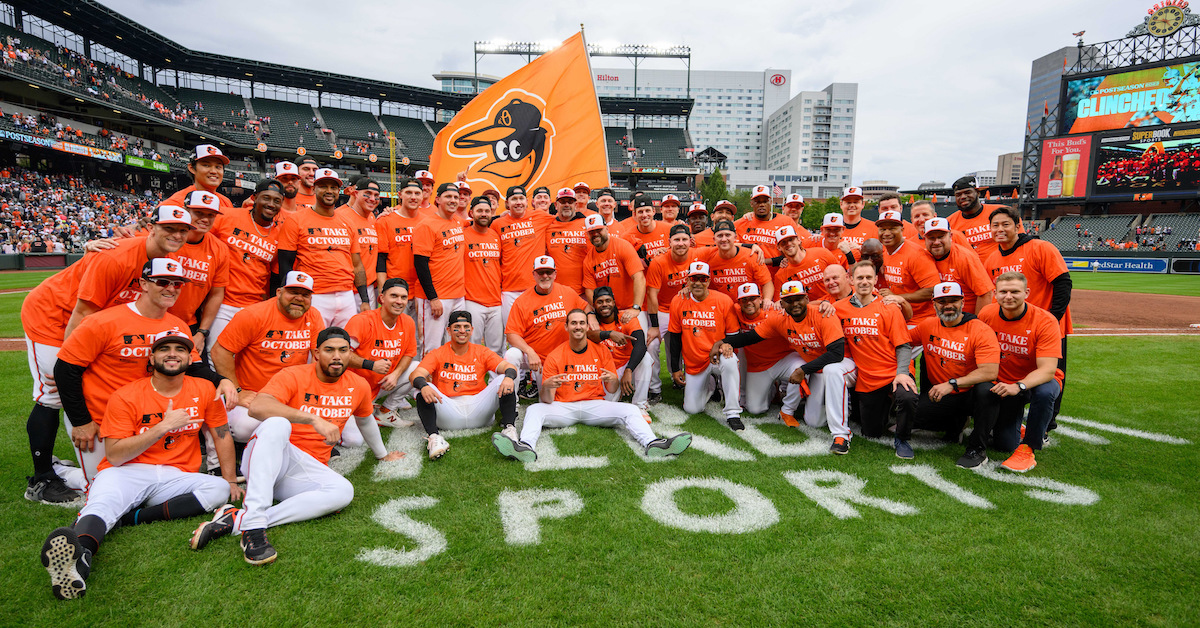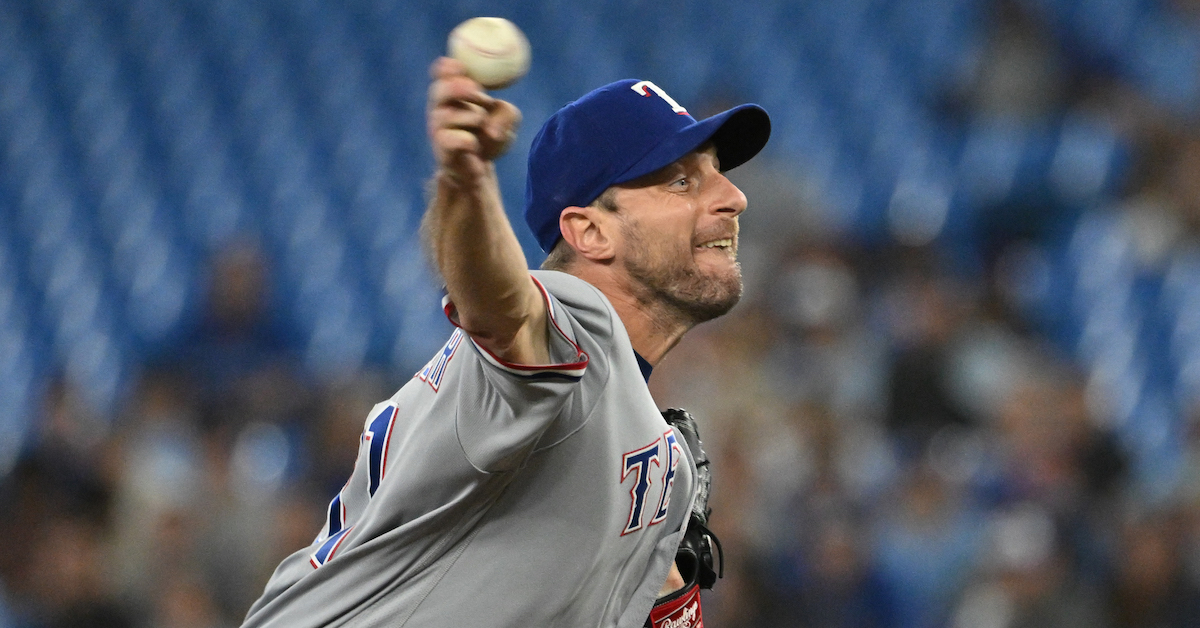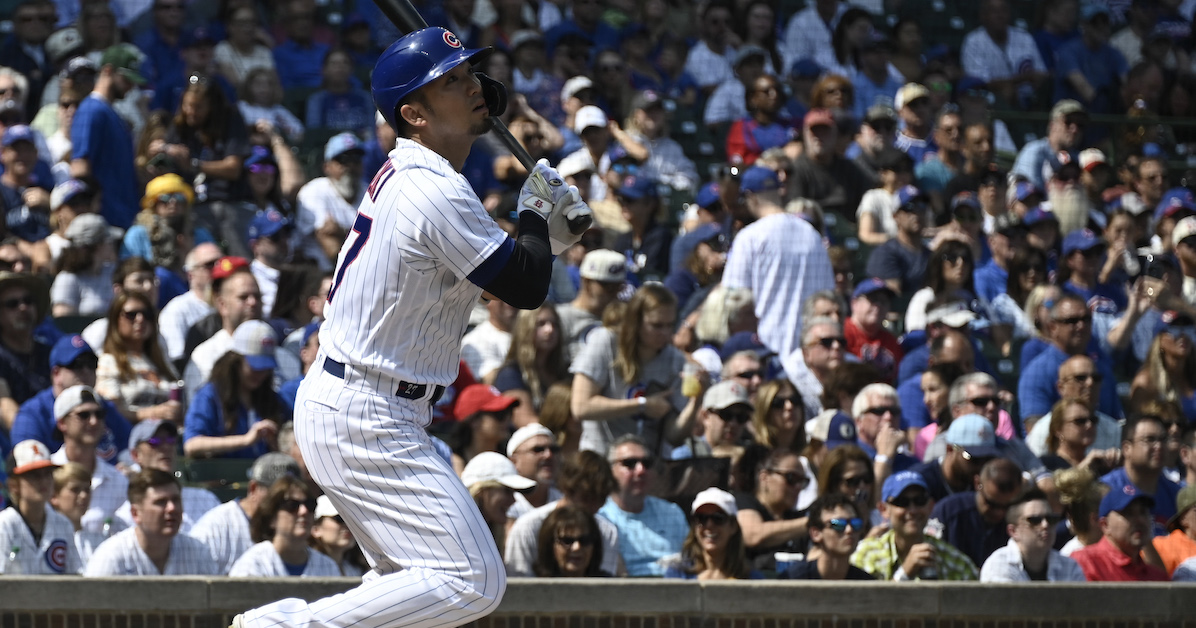The More Tommy Kahnle Changes, The More He Changes

They say everything in baseball happens in cycles. Actually, I’m not sure if they say that, but it certainly sounds like a real quote. And that’s fortunate for me, because today I’d like to talk about another thing that happens in cycles: Tommy Kahnle being a valuable reliever. Years after it seemed like that might never happen again, he’s back on the Yankees and pitching well, to the tune of a 2.66 ERA and 3.97 FIP across 40.2 innings of work, that despite a four-walk disaster of an outing on Wednesday night.
The last time Kahnle was good and healthy was also with the Yankees, in 2019. Before that, you’d have to go back to 2017 (split between the White Sox and Yankees). He was hurt and ineffective in 2018, then only pitched a combined 13.2 innings from 2020 to ’22 due to injury. But now here he is, back at it, though you might not know it thanks to the Yankees’ general desultoriness (probably not a word, but my spellcheck didn’t flag it, so let’s roll with it). Read the rest of this entry »







